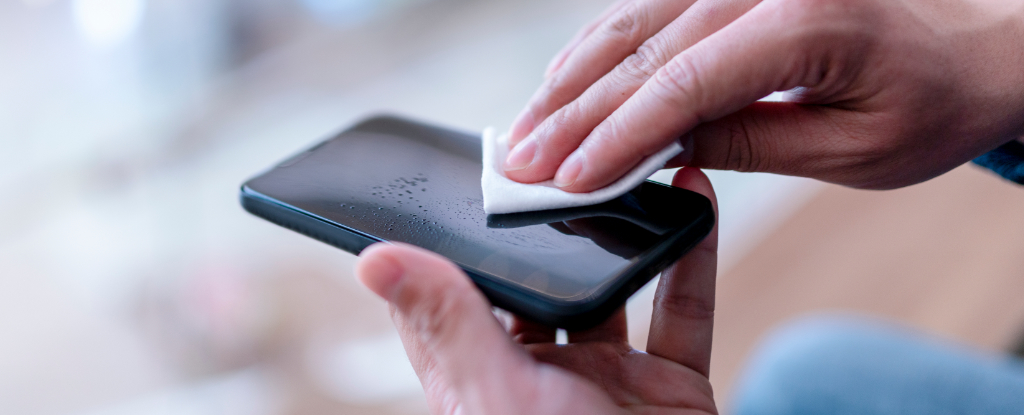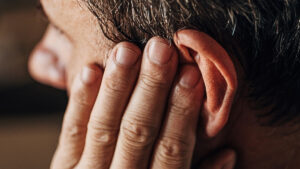
Mobile phones are often overlooked when it comes to cleanliness, despite being hotspots for germs. Many individuals wash their hands and sanitize surfaces, yet they rarely consider the bacteria accumulating on their phones. Research indicates that these devices can harbor numerous microorganisms, raising potential health concerns.
Studies show that mobile phones can be contaminated with hundreds of species of bacteria and viruses. Although not all of these pathogens lead to illness, the risk of transmission exists. Considering that people frequently use their phones in various environments—from kitchens to bathrooms—cleaning practices are essential.
Understanding the Risks of Neglecting Phone Hygiene
Touchscreens collect fingerprints and smudges, providing both aesthetic and functional reasons to maintain cleanliness. Unlike hands, which can be washed multiple times a day, phones are rarely cleaned properly. According to experts, the average person touches their phone numerous times daily, often transitioning from high-germ areas to food or personal spaces.
Using inappropriate cleaning products can exacerbate the problem. Many household cleaners can damage a phone’s surface and internal components. Both Apple and Samsung advise against using bleach, hydrogen peroxide, vinegar, aerosol sprays, or high-concentration alcohol wipes on their devices. These substances can degrade protective coatings, waterproof seals, and even affect responsiveness.
For example, the oleophobic coating on most smartphones helps resist fingerprints and smudges, but harsh chemicals can strip this layer, making screens more susceptible to dirt and diminishing touch sensitivity. Similarly, vinegar’s high acidity can corrode aluminum or plastic, while bleach and hydrogen peroxide are too aggressive for delicate materials. High-alcohol content wipes may dry out plastics, leading to brittleness over time.
Effective and Safe Cleaning Methods
Cleaning your phone does not have to be complicated or expensive. Following guidelines from major manufacturers can ensure both cleanliness and device longevity. First, unplug and remove any protective cases or accessories before cleaning. Most tech companies recommend using 70% isopropyl alcohol wipes and soft microfibre cloths. For delicate areas like speaker grills and charging ports, anti-static soft-bristled brushes made from nylon, horsehair, or goat hair are effective.
During the COVID-19 pandemic, Apple updated its cleaning recommendations to permit the use of Clorox disinfecting wipes and 70% isopropyl alcohol on iPhones, provided they are used gently to avoid damaging screen coatings. Samsung has similar guidelines, advising users to lightly dampen a microfibre cloth with a 70% alcohol solution while avoiding direct application to ports.
To prevent accidental damage, do not spray liquids directly onto your phone. Moisture can seep into ports and internal components, leading to short circuits or corrosion. Submerging your phone in cleaning solutions is also risky, even for water-resistant models, as seals can degrade over time. Avoid using paper towels or rough cloths, which may scratch the screen or shed lint that clogs openings.
Over-cleaning can be detrimental; excessive wiping may wear down protective coatings, making your phone more vulnerable to fingerprints and smudges.
Cleaning frequency should adapt to usage. For the average user, a thorough cleaning at least once a week is advisable. Those who frequently use their phones in high-risk environments—like public transport, hospitals, and gyms—should clean their devices more often.
Maintaining proper hygiene for your phone makes sense, especially given its role in daily life. While improper cleaning can damage your device, adhering to recommended practices is simple, affordable, and time-efficient.






